NTPC Ltd, India’s largest integrated power utility, handed over five hydrogen fuel cell buses to Sindhu Infrastructure Development Corp. (SIDCO), a unit of the Leh Administration, for operational use in the region.
This marks India’s first commercial deployment of hydrogen fuel cell buses and the world’s highest-altitude green hydrogen mobility project.
Last November, NTPC commissioned a green hydrogen fueling station with 80 kg/day capacity in Leh. The station, at an altitude of 11,562 ft, is powered by a co-located 1.7 MW solar plant for providing renewable power for its entire operational requirements. It dispenses green hydrogen at 350 bar to run the buses that are specially designed to operate in sub-zero temperatures and low-oxygen conditions typical of high-altitude terrain.
Mitsubishi Power has completed a second hydrogen-natural gas blending trial with Georgia Power on a natural gas turbine at Georgia Power’s Plant McDonough-Atkinson in Smyrna, Georgia. “The demonstration project is the first to validate 50% hydrogen fuel blending on an advanced class gas turbine, and the largest test of this kind in the world to date, with the 50% blend providing an approximately 22% reduction in CO2 emissions compared to 100% natural gas,” said Mitsubishi Power. In 2024, the turbine was converted from steam-cooled to air-cooled. “The conversion provides the benefits of faster startup times, increased turn down capability, and decreased maintenance expenses while also supporting the ability for this successful landmark hydrogen blend testing,” said the Japanese company, referring to the facility near Atlanta.
Proteus Energy has developed a modular hydrogen fuel-based system for ports and vessels. The first offering is based on a fuel cell stack with a 75 kW output. “The vessel types being targeted are harbor craft, and vessels in the coastal, offshore support, and in-land waterway segments,” said Singapore-based Proteus Energy, which developed the product in partnership with Symbio France. Proteus Energy’s fuel cell technology also targets hybrid vessels by extending their range. Symbio France, which produces the fuel cell stacks in Lyon, France, offers a two-year performance guarantee.
Ecoclean is expanding its cooperation with the Centre for Solar Energy and Hydrogen Research Baden-Württemberg (ZSW) for the series production of electrolysis stacks. The company and the research center jointly developed a modular concept for constructing alkaline pressure electrolysis (AEL) plants with system outputs from 1 to 20 MW, designed for facilities near energy producers such as solar, wind, and hydro. Series production began at Ecoclean in early 2024. “The scientists at ZSW and the engineers at the plant manufacturer are once again pooling their expertise to produce the heart of the scalable electrolyzers, the electrolysis stacks, in an economically industrialized manner in-house,” Ecoclean said in an emailed statement.
Statkraft has confirmed it will halt new hydrogen project developments and further offshore wind activities, including the upcoming allocation round for Utsira Nord in Norway. “The company has an ambition to invest NOK 16 billion ($1.61 billion) to NOK 20 billion annually in the coming years, including large hydropower capacity upgrades in Norway, and maintenance of the large operational asset fleet and onshore wind power developments in Sweden and Norway,” said the Norwegian company.
Polenergia said it will secure PLN 618 million ($168 million) for its H2Silesia project, which is based on 105 MW of electrolyzer capacity. Amid rumors of problems with hydrogen projects from BP, John Cockerel, and Air Products, the Polish development bank has approved PLN 2.74 billion in funding to support the tech. Two Orlen programs also secured PLN 1.7 billion in non-refundable funding from the National Recovery Plan (NRP). “The grant support will be used to produce renewable hydrogen through RES-powered electrolysis and low-emission hydrogen produced from municipal waste,” said Orlen, traditionally focused on oil and gas activities. Orlen targets 0.9 GW of electrolysis capacity by 2035, of which 0.7 GW will be in Poland. The Hydrogen Eagle project will explore different technologies, while the Green H2 project will install a 100 MW electrolyzer combined with an energy storage facility.
This content is protected by copyright and may not be reused. If you want to cooperate with us and would like to reuse some of our content, please contact: editors@pv-magazine.com.
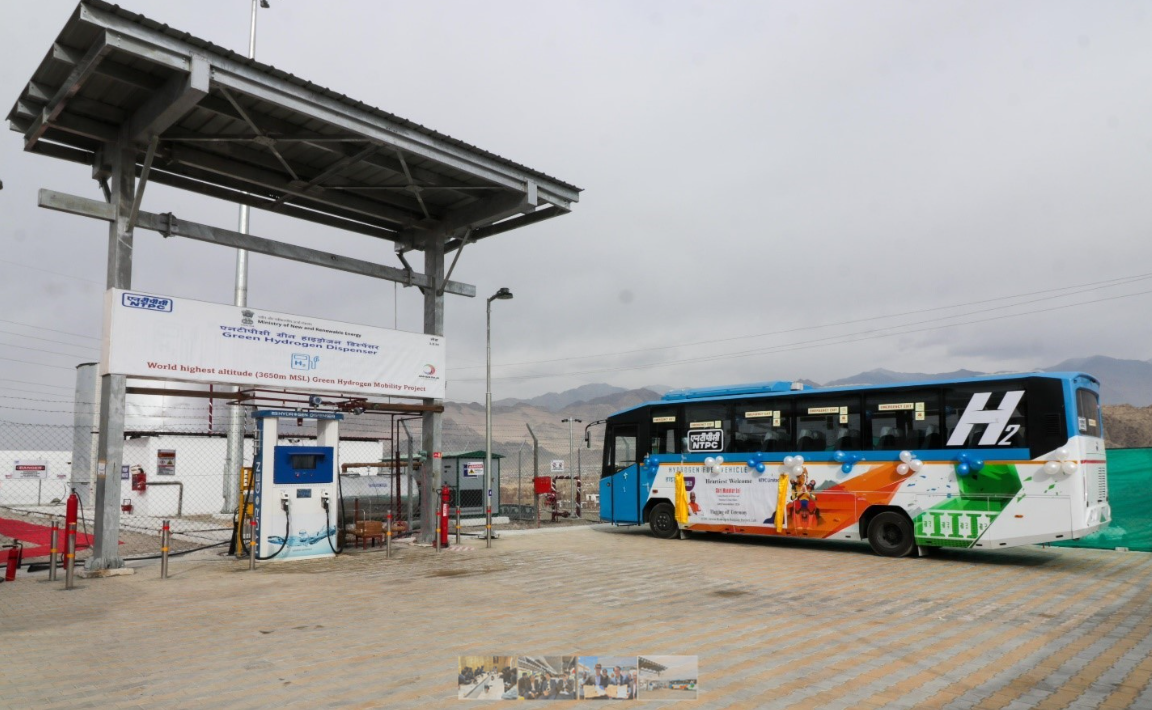
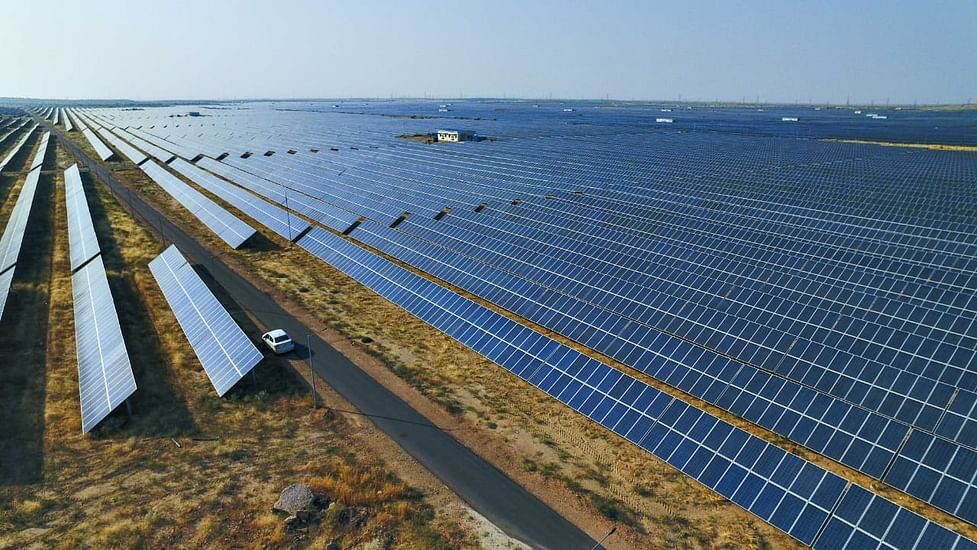


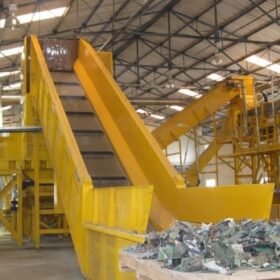
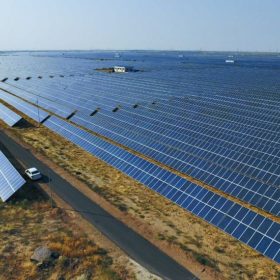
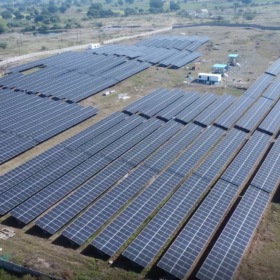
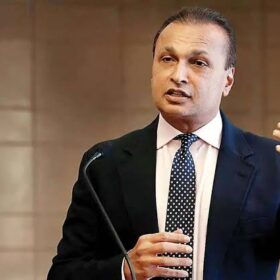
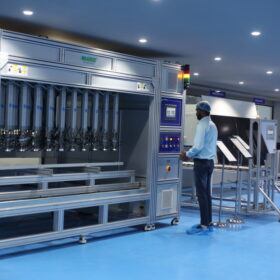
1 comment
By submitting this form you agree to pv magazine using your data for the purposes of publishing your comment.
Your personal data will only be disclosed or otherwise transmitted to third parties for the purposes of spam filtering or if this is necessary for technical maintenance of the website. Any other transfer to third parties will not take place unless this is justified on the basis of applicable data protection regulations or if pv magazine is legally obliged to do so.
You may revoke this consent at any time with effect for the future, in which case your personal data will be deleted immediately. Otherwise, your data will be deleted if pv magazine has processed your request or the purpose of data storage is fulfilled.
Further information on data privacy can be found in our Data Protection Policy.